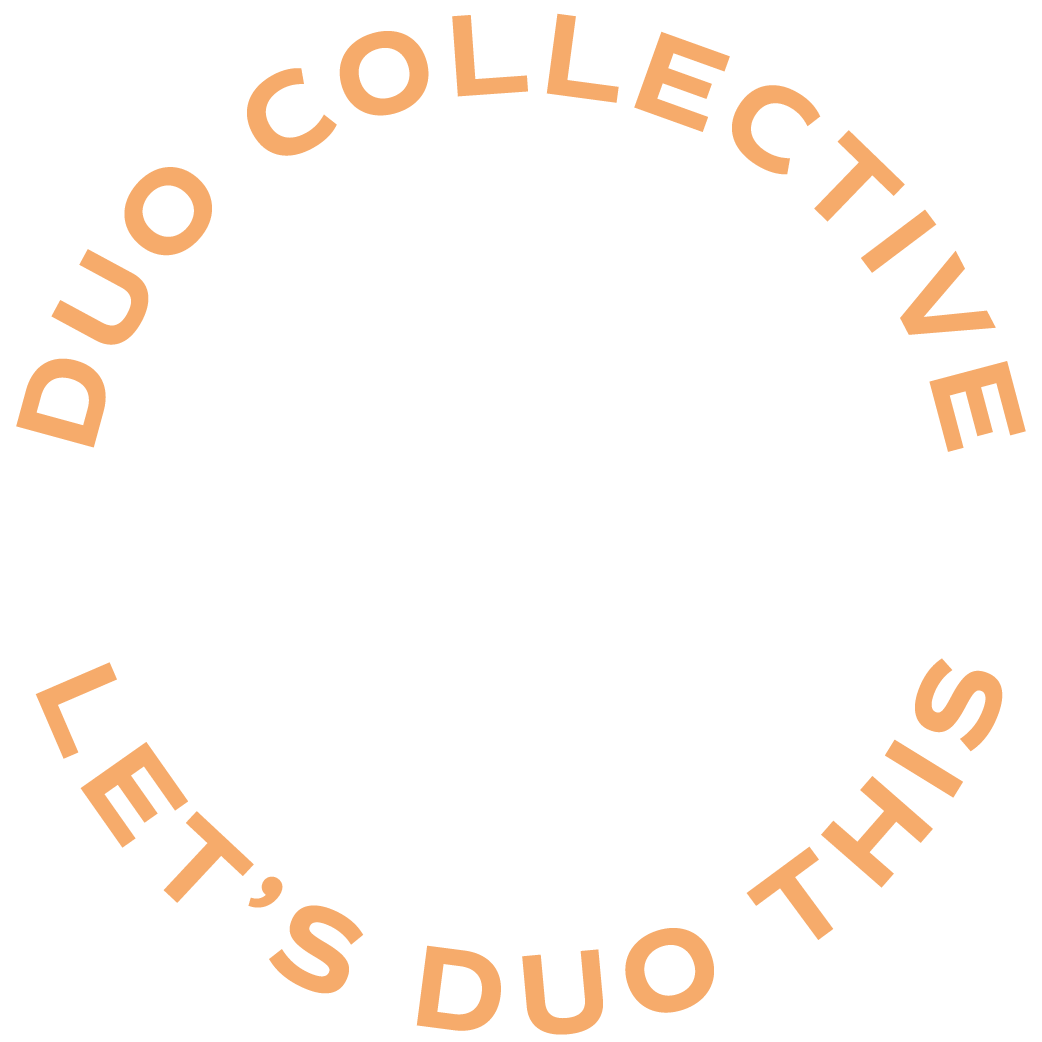 As a service provider, having a strong client experience strategy can be that “thing” that sets you apart from everyone else. If you are reading this, you most likely don’t even realize that you have a client experience strategy or process in place. Yet, in reality, how you email and communicate with your clients from the initial lead to the final goodbye is all part of the experience. As service providers, we should constantly be finding ways to improve and craft the best, most unique experience for our business.
As a service provider, having a strong client experience strategy can be that “thing” that sets you apart from everyone else. If you are reading this, you most likely don’t even realize that you have a client experience strategy or process in place. Yet, in reality, how you email and communicate with your clients from the initial lead to the final goodbye is all part of the experience. As service providers, we should constantly be finding ways to improve and craft the best, most unique experience for our business.
How many other businesses out there provide similar services to you? Probably a freaking lot! The services we offer here at Duo Collective from branding to social media strategy to search engine optimization are not unique. In fact, we have tons of competition. However, the process, the experience and the strategies are what make our offerings unique and it’s what helps us stand out. The client experience is what takes your clients from satisfied to oh-so excited brand ambassadors. And we know that brand ambassadors and word of mouth can be one of the most powerful ways to bring in new, high quality leads for your business. So let’s dive into it.
Here are 6 steps to crafting a worthy client experience strategy
1. Manage client expectations from the very beginning
We aren’t just talking about after that contract is signed. We are talking about from the moment someone has inquired about your business. You have the opportunity to lay the groundwork for your ideal client and weed out the ones that might not be the most ideal client for you. You can do this by creating a welcome package or an experience guide. This guide is meant to walk the new lead through your process. Here you can answer some of the most commonly asked questions like the following: Who are you? What can they expect when they work with you? What are average price points and timelines? Can I see some past client success stories? And so many more. Before your lead has even become a client, you’ve already managed their expectations and laid a foundation for your relationship.
2. Break it down into bite-sized chunks
Some services might take a couple weeks whereas others may take months. Yet in both options, you should be serving your client with a well thought out timeline. Part of nailing a client experience strategy is navigating the questions before they are even asked. In your timelines you should be laying out exact meeting dates, how you will meet (in-person, video chat, pre-recorded video, etc.), what will be delivered in each step and finally, how feedback should be communicated. If you aren’t sure where to start, Asana is our favorite tool when it comes to drafting a client timeline and managing internal deadlines.
A detailed timeline, especially when the investments are large, helps ease your client’s minds. They are investing in you because they likely can’t or don’t want to do it themselves. Meaning they may feel uneasy about how things are coming to life. This is your opportunity to share all the nitty gritty details to put their mind at ease from the very beginning.
3. Surprise & delight your clients
Don’t give away everything in your client experience guide and contracts. Save a little something extra for later. These little surprises and delights can happen at any time throughout the client process. The best part is, they don’t have to cost anything. Here are a few examples of different ways you can surprise your clients and take your client experience to the next level.
- Handwritten notes
- Coffee gift card
- Go above and beyond the contract specifics
- Locally curated boxes
- Consider something personal as your client relationship grows
- Monthly community membership service
- Discount on a future service or offering
- Incentivize feedback, testimonials or referrals at the end
- Continued follow ups, check ins and sharing of information even after your contract has expired
4. Wrapping up your client experience
This is where you find out if your client experience strategy is really working. We recommend two action items once you’ve wrapped up your project. The first asking your clients for a review and the second, asking for internal feedback. Both of these are incredibly valuable for not only understanding what’s working and where improvements need to be made, but also for their SEO powers. Frequently received client reviews tells Google that you are an active, credible business and you are worthy of moving to the top of that search engine page.
5. Crafting an internal client workflow
Now that you’ve most likely navigated a few client relationships, you likely understand what’s working and more importantly what’s not working. So open up a new word document or grab a sheet of paper and start to navigate your client process step by step. Break down each deliverable and action item on your list. Even those that seem silly and obvious. Here is an example of what the beginning of our client workflow might look like:
- Client inquiry comes in
- Send introduction email with the experience guide
- Schedule a 30 minute intro call to meet / ask questions.
- Client approves / selects a package (on call or via email)
- Sets up project in Dubsado (contract, retainer, questionnaire, invoice schedule)
- Set up project details & create timeline in Asana
- Email our client the timeline + expectations
- Send client surprise and delight treat
Identifying our client workflow and writing email templates was one of the most powerful things we have ever done – thanks to our brilliant business coach, Val Marlene Creative. With this process we are confident and because of that, our clients are too! Plus, this process can dramatically help strengthen our business partnership by clearly identifying who tackles which tasks.
6. Invest in a client management system to help
Crafting a client experience strategy is much like crafting any business strategy. Meaning that finding a tool to help your business can make the process so much easier and more enjoyable. Two of our favorite systems are Dubsado and Honeybook. After one and a half years in business we finally decided to pull the trigger. Mainly because we were on the receiving end of the experience. We received a contract, invoice and questionnaire that lived in one place. We could easily access our invoice whenever we wanted. We had a dashboard and a home for our client relationship. It was such a joy to see everything laid out and from that moment on we knew that our clients needed to experience this too. Any tool that makes both our lives and our clients’ lives easier is worth every penny.
Creating a client experience strategy is all about building a relationship with depth.
It means that you are building a relationship beyond a contract. It means that you care about how your clients feel throughout the entire process. And most importantly, it means you care more about your relationship and accomplishments together than the money dropping into your bank account. Because you know that those relationships are what help the business grow organically beyond your wildest dreams.
A great client experience strategy leads to happy clients which then leads to happy reviews which leads to brand ambassadors and word of mouth referrals! In fact, just last week we dedicated an entire newsletter to the importance of customer reviews from an SEO perspective. If you are craving more weekly tips and tricks like this, join our Tuesday Tips & Sips Newsletter. See you there!
Craving more? Check out this post on 6 ways to get more clients with SEO.


+ show Comments
- Hide Comments
add a comment